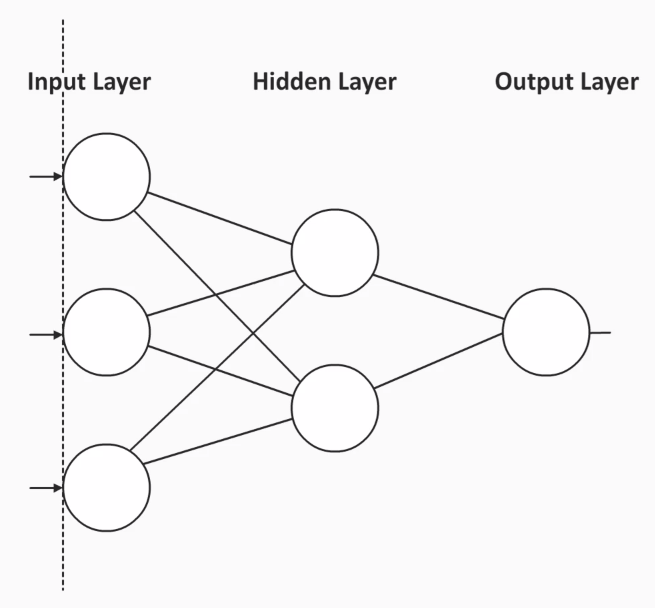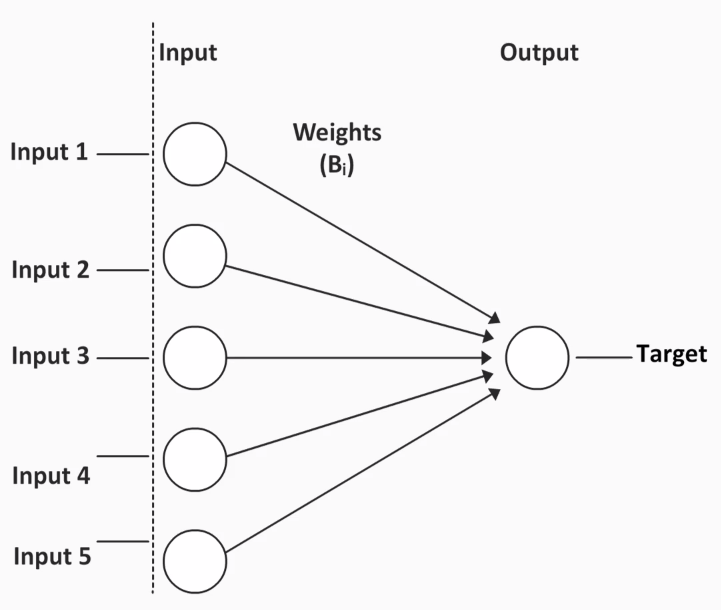Overview of this book
Machine learning (ML) combined with data mining can give you amazing results in your data mining work by empowering you with several ways to look at data. This book will help you improve your data mining techniques by using smart modeling techniques.
This book will teach you how to implement ML algorithms and techniques in your data mining work. It will enable you to pair the best algorithms with the right tools and processes. You will learn how to identify patterns and make predictions with minimal human intervention. You will build different types of ML models, such as the neural network, the Support Vector Machines (SVMs), and the Decision tree. You will see how all of these models works and what kind of data in the dataset they are suited for. You will learn how to combine the results of different models in order to improve accuracy. Topics such as removing noise and handling errors will give you an added edge in model building and optimization.
By the end of this book, you will be able to build predictive models and extract information of interest from the dataset







